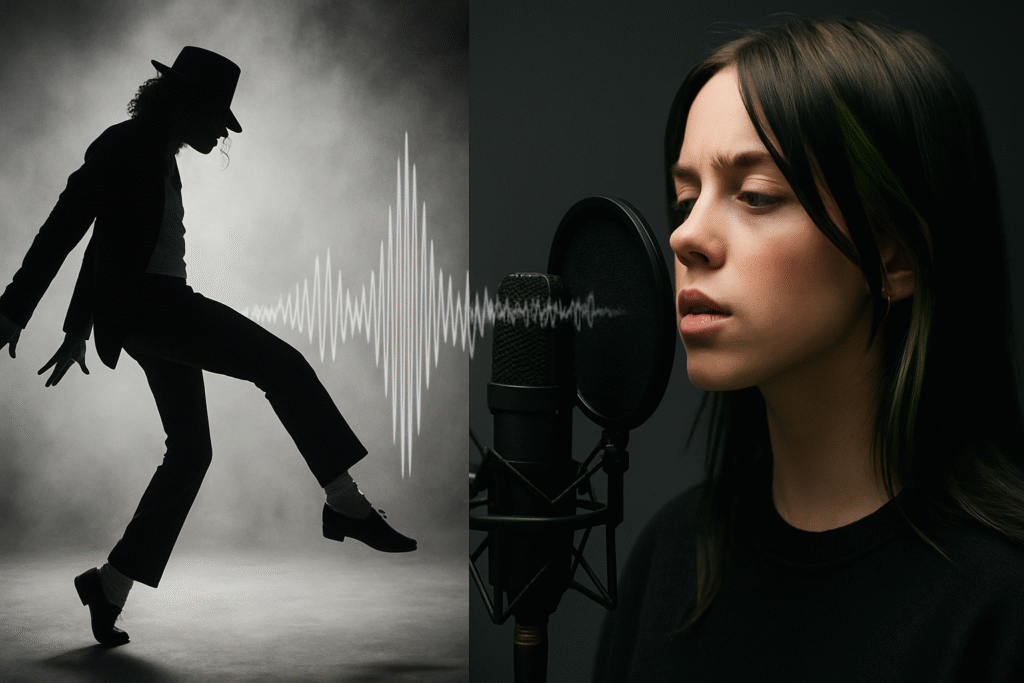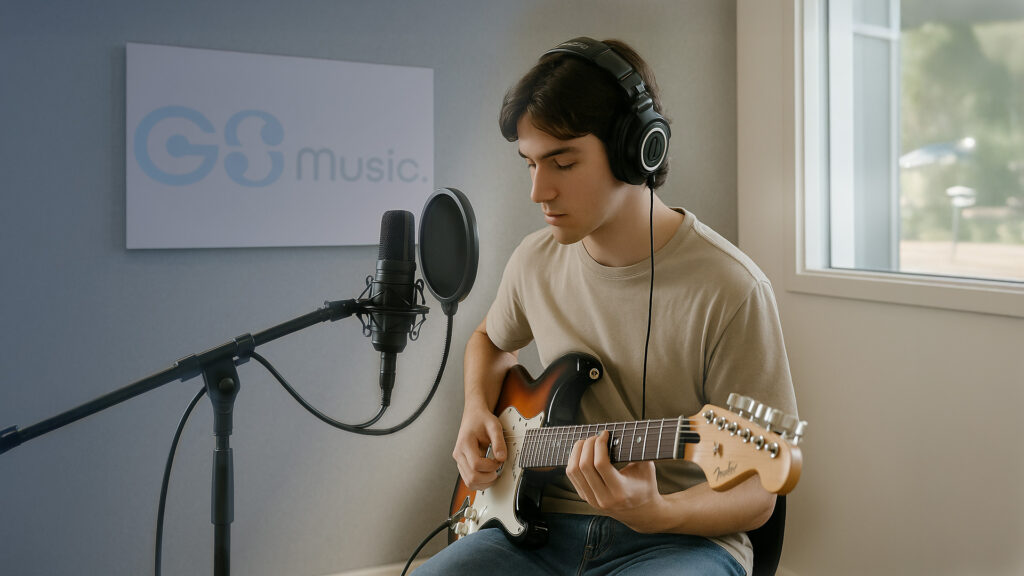Sonic Branding: How Music Shapes Identity
When you hear the deep, resonant ba-dum that opens every Netflix show, your brain fires off more than recognition—it releases a tiny burst of dopamine, whispering “relax, story time.” Two notes, hardly a second long, yet they conjure couches, popcorn, and weekend binges around the world. That is the quiet power of sonic branding: a carefully crafted fragment of sound that imprints itself on our emotions and, in doing so, forges identity.
The Artist’s Calling Card

Long before corporations caught on, musicians understood the value of an audible fingerprint. Think of the “Yeah!” ad-lib that punctuates nearly every Michael Jackson record, or the sparse whistle that threads through Billie Eilish’s earliest hits. These sonic cues act like a signature at the bottom of a painting—one flicker of sound and you know exactly whose canvas you’re standing in front of, even before the vocals begin.
At GS Music Lessons in Queensland, instructor Gustavo Soares breaks this concept down for beginners in his first-week guitar and drum classes. Rather than diving straight into scales, he asks students to identify iconic timbres—Slash’s searing Les Paul, John Bonham’s cavernous kick drum—then experiments with pedals, dampening techniques, and mic placement so players can chase a tone that feels uniquely theirs. It’s an early lesson in personal branding: your sound is your handshake.
How Brands Borrow the Beat
Of course, businesses quickly realized the same neural shortcut can bridge the gap between product and emotion. Intel’s four-note “bong” tells us we’re entering a world of sleek efficiency; McDonald’s five-note whistle (“I’m lovin’ it”) asks us to taste comfort. According to a 2024 Nielsen study, ads with bespoke sonic logos scored 8 percent higher in brand recall than those without—small wonder 2025’s marketing budgets have a fresh line item labeled audio identity.
Crafting that identity isn’t random composition; it leans on the psychology of pitch and tempo. Lower frequencies feel grounded and trustworthy (insurance companies love them), while higher, airy timbres signal innovation (tech startups, take note). Tempo can nudge heart rates: 120 BPM amps excitement for sports gear, whereas 60-70 BPM calms us into a luxury mindset.
Students at gsmusiclessons.com.au often collaborate on “micro-jingle” projects, pairing chord progressions with imagined brands. The exercise teaches harmonic storytelling and illuminates how even a beginner’s bedroom recording can stir a listener’s pulse.
The Content Creator’s Secret Weapon

Scroll TikTok for five minutes and you’ll find creators who have built empires on a single recurring sting—the swoosh before a craft-tutorial reveal, the retro lo-fi loop that introduces a cooking series, the comedic whoosh-boom punctuating every punchline. Algorithms reward recognizability; viewers linger when they feel they’ve entered familiar territory. Sound, not logos, becomes the banner.
Hobbyist YouTubers can steal a page from that playbook. Record a tiny motif on your instrument, layer subtle EQ so it sits just right, and open every video with it. Over time, that two-second riff becomes the Pavlovian bell that tells subscribers they’re back in your creative house.
Why It Works (and Why It Sometimes Backfires)
Our auditory cortex evolved to detect patterns quickly—survival depended on distinguishing rustling leaves from lurking predators. Modern life rarely requires that reflex, yet the circuitry remains, hungry for meaning. A repeated sound linked with a consistent experience (funny meme, helpful tutorial, smooth transaction) cements a shortcut: sound → feeling → identity.

But misuse the shortcut and you’ll hit a wall. Poorly mixed audio or a jingle that clashes with brand values breeds dissonance—literally and figuratively. Remember the short-lived “Yahoo yodel” reboot of 2022? The quirky throwback jarred with their push for sleek, AI-driven products, and testing audiences cringed. Consistency is king; authenticity is queen.
Your Next Steps Toward a Personal Sonic Identity
- Audit Your Ears – Spend a day noting every memorable chime, riff, or ad-lib you hear. What mood does each set?
- Define Your Vibe – Are you playful, bold, or contemplative? Jot down adjectives; they’ll guide your instrument choice and tempo.
- Experiment in Layers – Open a free DAW, record a core motif, then add subtle percussive or ambient layers. Keep versions under three seconds.
- Test and Refine – Slip your motif into Instagram Stories or Reels drafts, watch with fresh ears, and tweak EQ or reverb until it feels right.
- Deploy Consistently – Pin it to every intro, outro, or notification sound so your audience begins to link you with that sonic signature.
Ready to Craft Your Sound?
If this sparks your creative itch—but your fingers aren’t yet sure which fret or drum head to strike—GS Music Lessons offers personalised guitar, drum, piano, and violin programs built around one goal: helping newcomers find their unique voice in a noisy world. Book a free trial session (in-person on the Sunshine Coast or live online) and start shaping a sound that tells your story before you even say a word.

Visit gsmusiclessons.com.au or email info@gsmusiclessons.com.au to begin your sonic journey today.

